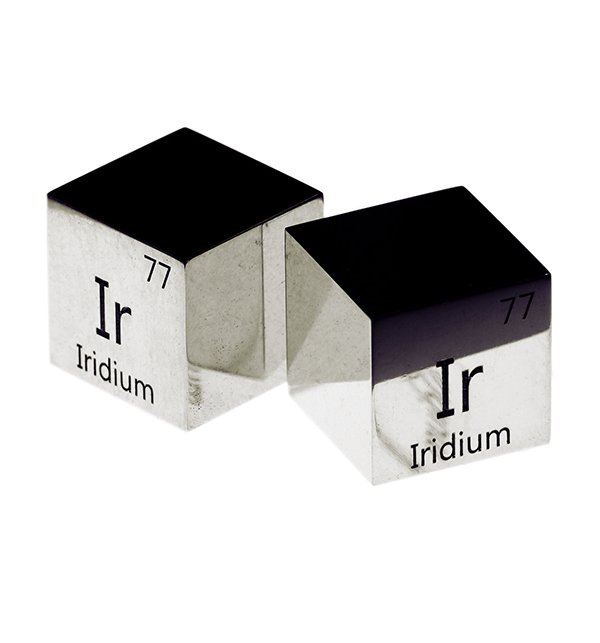Gold and silver have been recognized as valuable metals and have been coveted for a long time. Even today, precious metals have their place in a savvy investor’s portfolio. But which precious metal is best for investment purposes? And why are they so volatile?
There are many ways to buy into precious metals like gold, silver, and platinum, and a host of good reasons why you should give in to the treasure hunt.
Precious metals can be a good portfolio diversifier and hedge against inflation – but gold, perhaps the most well-known such metal, is not the only one out there for investors.
Silver, platinum, and palladium are all commodities that can be added to your precious metals portfolio, and each has its own unique opportunities.
In addition to owning physical metal, investors can gain access through the derivatives market, metal ETFs and mutual funds, and mining company stocks.
Bullion
A metal is deemed to be precious if it is rare. The discovery of new sources of ore or improvements in mining or refining processes may cause the value of a precious metal to diminish. The status of a “precious” metal can also be determined by high demand or market value. Precious metals in bulk form are known as bullion and are traded on commodity markets. Bullion metals may be cast into ingots or minted into coins. The defining attribute of bullion is that it is valued by its mass and purity rather than by a face value as money.
Purity and mass
The level of purity varies from issue to issue. “Three nines” (99.9%) purity is common. The purest mass-produced bullion coins are in the Canadian Gold Maple Leaf series, which go up to 99.999% purity. A 100% pure bullion is nearly impossible: as the percentage of impurities diminishes, it becomes progressively more difficult to purify the metal further. Historically, coins had a certain amount of weight of alloy, with the purity a local standard. The Krugerrand is the first modern example of measuring in “pure gold”: it should contain at least 12/11 ounces of at least 11/12 pure gold. Other bullion coins (for example the British Sovereign) show neither the purity nor the fine-gold weight on the coin but are recognized and consistent in their composition.[citation needed] Many coins historically showed a denomination in currency (example: American double eagle: $20).

Why We Buy Rare and Expensive Metals
At Iridium Communications Inc, we’re passionate about sourcing and acquiring rare and expensive metals from around the world. But why do we do it?
Meeting the Needs of Industry and Technology
Rare and expensive metals are often used in cutting-edge technologies, such as renewable energy, aerospace, and electronics. By sourcing these metals, we’re helping to meet the needs of industries that rely on them to innovate and grow.
Preserving History and Culture
Many rare and expensive metals are embedded in historical artifacts, cultural relics, and antique items. By acquiring these metals, we’re helping to preserve the history and cultural significance of these items for future generations.
Supporting the Circular Economy
When we buy rare and expensive metals, we’re also supporting the circular economy. By recycling and reusing these metals, we’re reducing the demand for primary production, which can have a significant environmental impact.
Investing in the Future
Rare and expensive metals are often seen as a store of value and a hedge against inflation. By investing in these metals, we’re providing a secure and stable store of value for our customers.

What We Buy
 We’re interested in buying a wide range of rare and expensive metals, including:
We’re interested in buying a wide range of rare and expensive metals, including:
Gold
Silver
Platinum
Palladium
Rhodium
Iridium
Osmium
Rhenium
Why Sell to Us?
When you sell your rare and expensive metals to us, you can trust that:
You’ll receive a fair and competitive price
Your items will be treated with care and respect
We’ll handle all the paperwork and logistics
You’ll be supporting a responsible and sustainable business model
Contact Us
If you’re interested in selling your rare and expensive antiques/metals, please don’t hesitate to contact us. We’d be happy to discuss your options and provide a quote.
